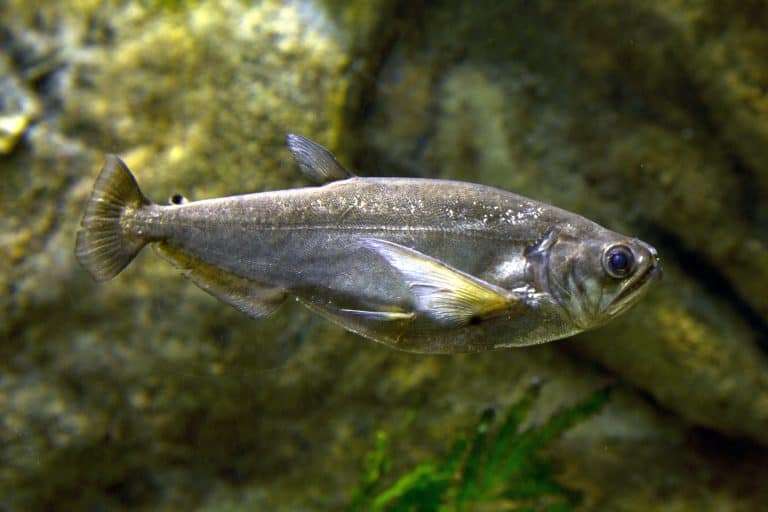
Size
4 feet
Physical Characteristics
The long, sleek body of the Payara is extremely strong. It has a huge caudal fin with a fan-like form that tapers towards the tail. The head is huge, with two long fangs and a protruding, upturned mouth filled with razor-sharp teeth. Due to their length, the two primary lower teeth can fit into openings in the upper jaw. These teeth can have 4 to 6 inch long fangs!
Temperament
Vampire Tetra, Payara Characin, Vampire Characin, and Sabre Toothed Tiger Fish are some of its common names. Fast and aggressive feeders, payara. Although they occasionally slice their prey into smaller, bite-sized pieces, these fish mostly swallow their prey whole.
Habitat
Originates in South America, including Peru’s Río Orosa. They live in clear, swift-moving rivers with turbulent water, particularly in rapids and at the base of waterfalls. They frequently live in loose groups and eat smaller fish, although piranhas make up the majority of their food.
Keeping as Pet

- Tank Size
Due to their enormous size and reputation as an aggressive species that gets agitated in crowded spaces, payara fish require huge aquariums with plenty of room to swim around. The tank must be at least 500 gallons (2000 L) in volume and at least 96 L x 24 W x 48 H inches in size (244 x 61 x 122 cm).
- Water Conditions
Temperature: between 24 and 28 °C
pH: 6.0 – 8.0
Hardness: 36 to 268 ppm
- Feeding
A mandatory yet generalized piscivore that can eat remarkably big prey. Most newly imported individuals can be weaned onto dead alternatives once they are recognised as palatable, but frequently they will only consume live fish. This species, like the vast majority of predatory fish, should not be fed animal or bird meat like beef heart or chicken, and there is no benefit to using ‘feeder’ fish like livebearers or small goldfish over the long term because they carry the risk of introducing parasites or diseases and, at any rate, tend to not have a high nutritional value unless properly prepared..
- Tank mates
Payara fish should not be kept in long-term groups with other fish species due to their aggressive nature since it is possible that they will try to assert their dominance over smaller or larger tank mates. Until it is migration season, it has been found that this erratic species lives alone. The majority of fish in a tank will stress out a Payara fish unnecessarily. It is advised to keep these fish isolated from other species and even from one another.
Yet, some aquarium hobbyists have no problem keeping Payara fish in tanks with other fish. The most suitable fish are Silver Dollars, Arowanas, Black Ghost Knifefish, Freshwater Barracudas, and Spanners. If a fish keeper intends to keep Payara fish in a multi-species aquarium, the setup must be sizable enough for all the species to live happily together.
Table





